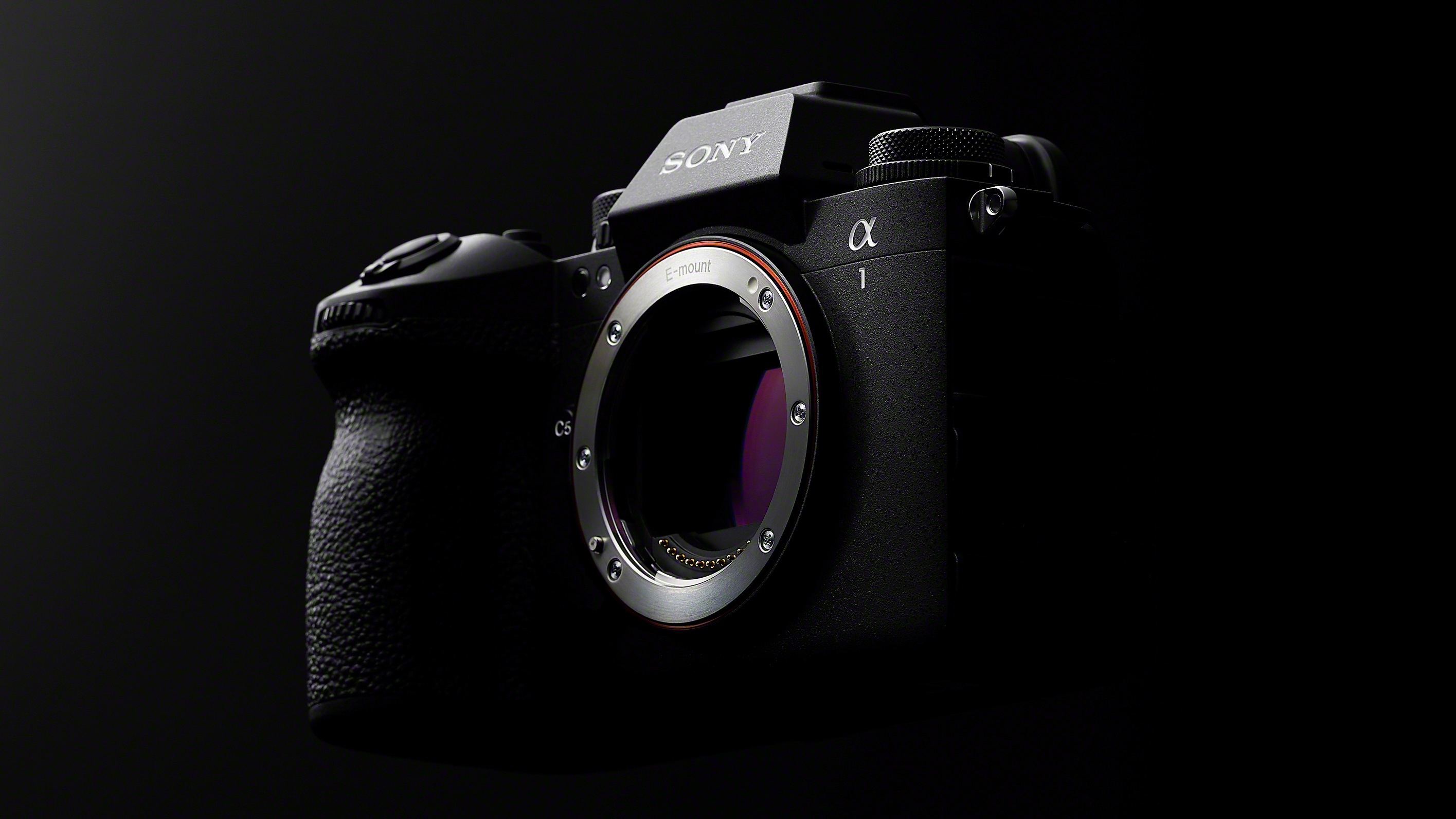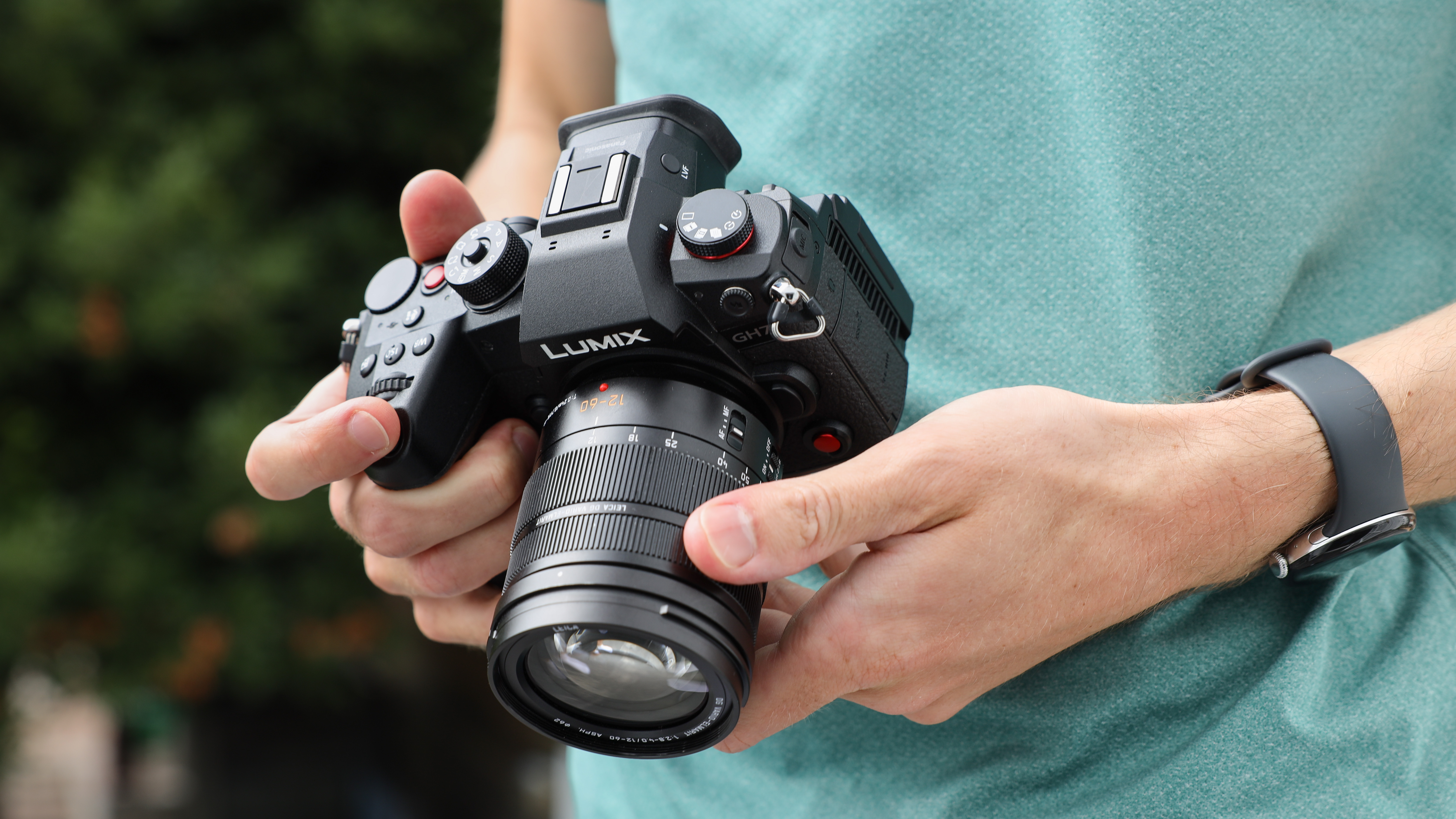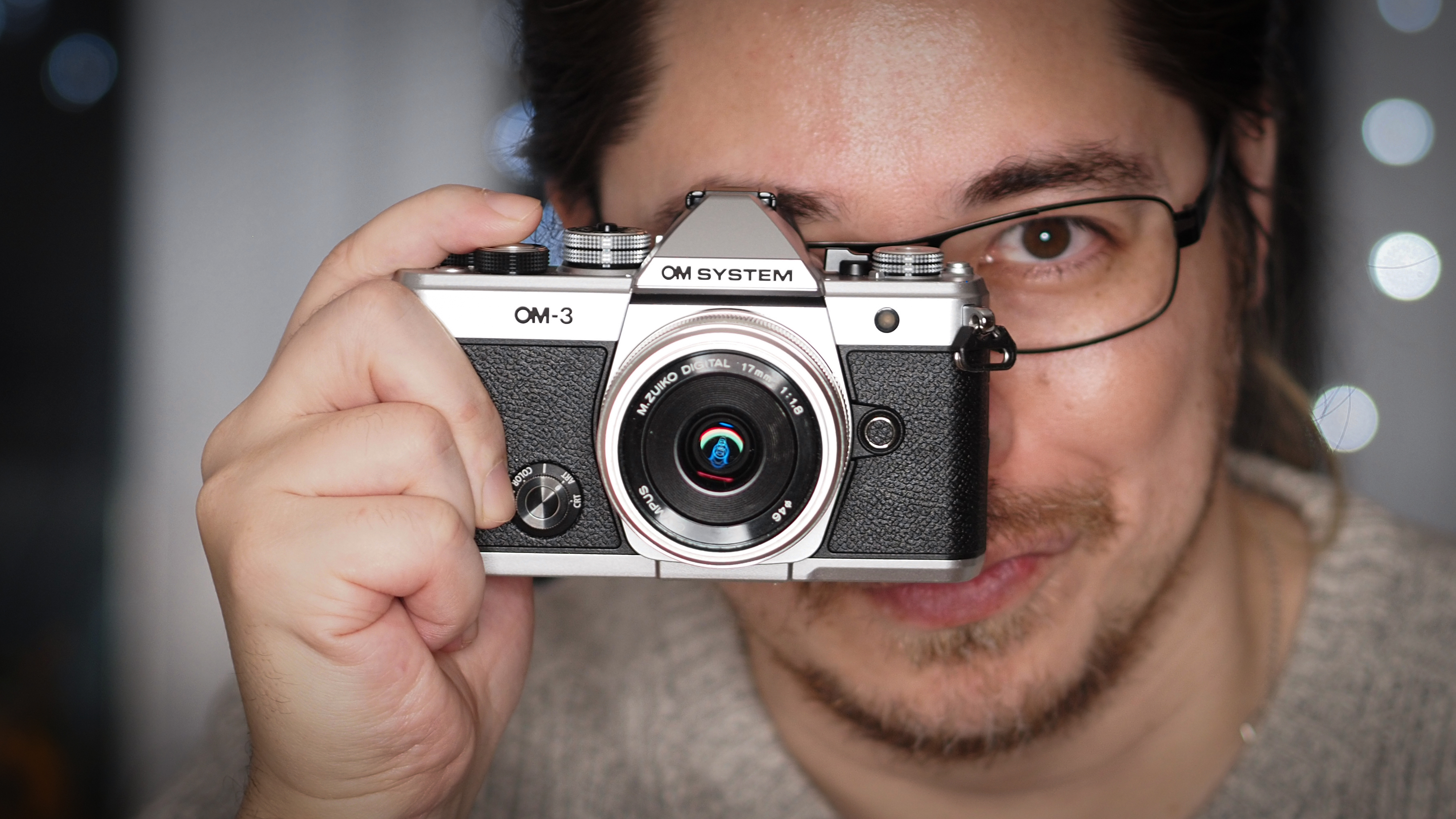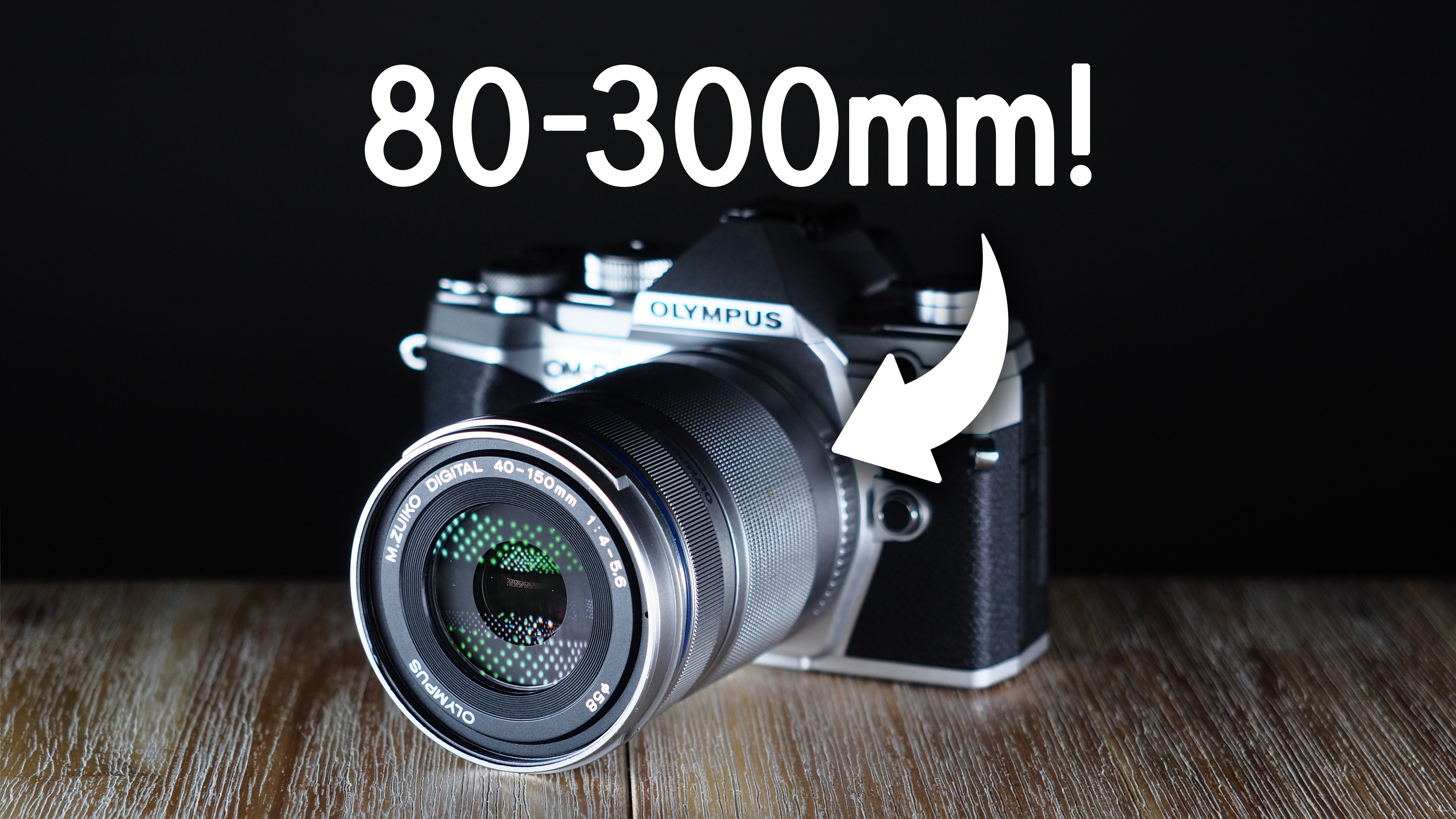I've discovered two cameras are better than one, as the perfect camera doesn't actually exist
Maybe you think you have already found your dream camera... but it probably doesn't exist and never will

How many cameras do you have? More than one? How did that happen? I think I know. It’s because the range of different things we want from a camera, and all the different contexts and situations we shoot in, are just too broad for a single camera.
And yet we still pursue this dream of the ‘perfect’ camera, the one that just does everything, like the Sony A1 II, for example, the Nikon Z9 or the Canon EOS R5 Mark II. But how practical is this in reality, and are these cameras really as versatile as we think?
Speed vs resolution
You want resolution? Of course – we all do! Today you can get full frame cameras with 40, 50 and 60 megapixel sensors which can capture the most astonishing levels of detail. But maybe you want to shoot high-speed action at 20, 30 or 40fps too? That makes perfect sense too – it’s just when you try to combine these two things that it becomes expensive. Cameras like the Sony A1 II, Canon EOS R5 II and Nikon Z9 combine high resolution capture with high-speed shooting, but at flagship camera prices. These are amongst the best professional cameras you can get, but you may be paying for all these capabilities when really you only need one or two of them.
The problem for these cameras is that there are other cheaper, better alternatives for these individual jobs. The Sony A7R V has more resolution than the Sony A1 II but costs less, while the Sony A9 III is even better for fast action. It’s a little different for Nikon since its fastest camera also has the highest resolution, but then if it’s just the resolution you want, the Nikon Z7 II delivers it at half the price.
And while the Canon EOS R5 II is a very fast sports/action camera, the EOS R3 and EOS R1 are faster still and actually built for the job, even if they don’t have the same resolution.
Or you could go completely left-field and choose a much cheaper OM System OM-1 II setup for insane shooting speeds, less weight, less less cost, but without ultra-high resolution. The highest resolution cameras on the market are not usually the best cameras for sports photography.
Stills vs video
The decisions become even more difficult when you look for cameras that are brilliant at both stills and video. The problem here is that high resolution sensors are not ideal for the 4K or 6K video which most filmmakers work with. They’re great for 8K – if you definitely need to shoot 8K. The problem is that a high-resolution sensor captures too much data for lower-resolution video formats. Camera makers have a choice – oversample the full resolution down to the smaller video resolution (a big processing overhead), crop the captured frame down to a smaller Super35 format (annoying) or use nasty fixes like line-skipping or pixel-binning to discard the extra data.
The best camera deals, reviews, product advice, and unmissable photography news, direct to your inbox!
In fact, the best sensors for video are those closest to the video resolution you need, not way above it. If you want 4K, the 12MP Sony A7S III and its doppelgangers the ZV-E1 and FX3 work really well, if you want 6K and 4K, the 24MP sensors in many regular hybrid cameras are spot on. Maybe this is the time to think about having two cameras for two different jobs – one for stills, one for video.
The Panasonic Lumix GH7, for example, is cruelly overlooked as a video camera in favor of full frame alternatives which cost more and can’t match its stabilization and video options. Why is it overlooked? Because the GH7 only shoots 25MP stills. Forget about the stills! Get the GH7 for video and another camera for stills.
Travel vs studio
These different requirements become all the more obvious if you are a pro photographer spending time in the studio, shooting for clients on location and travelling in your leisure time. You might find one camera that can do all three of these things, but it might not be especially well suited to any of them. Almost every pro photographer I know has an everyday carry camera for personal use while the pro gear stays back at base.
Camera makers are trying very hard to make cameras that can do everything we could possibly want. It seems to me, though, that they are missing a trick. They shouldn’t be trying to sell us a single camera that does everything fairly well. They should make cameras specifically designed for high resolutions, for action, for commercial studio work and for travel and let us decide which we need. If they focused their cameras on specific use cases and stopped overlapping features across the model range, they might even sell a few more cameras!
You can get resolution without paying a fortune, you can get speed without breaking the bank, you don’t have to pay big bucks for a video camera if you stop worrying about stills and the best camera for travel might be a million miles from the kind of camera you would use for ‘serious’ work.
Trying to do all of these things with just one camera isn’t just a compromise, it can be a very expensive one that limits you.
When two cameras are better than one
You’ll often see pro photographers at sports and press events carrying two cameras not one. Often this is so that they can have two lenses on hand at a moment’s notice – changing lenses takes too long and risks missing the moment. These two camera bodies might be identical, but why shouldn’t they be different?
Using two cameras definitely makes sense for mixing stills and video. If you’re shooting both for a wedding, for example (good luck!), you can have one set up for stills and one for video, and then you just grab the one you need, moment by moment. They don’t have to be the same camera or even the same brand. You might love the look of a Canon EOS R5 for stills but depend on the rock-steady stabilization and lightweight lenses of a Lumix GH7 for video. The best cameras for filmmaking are rarely the best for resolution or burst shooting.
When you mix brands you can’t mix lenses, true, but very often there’s little or no crossover in the kind of photography these cameras are designed for. The trick is not to try to build a complete lens system for every camera brand you own, but to pick the lenses for the work you need to do with each camera. Keep your big f/2.8 pro zooms for your big pro cameras, stick to a couple of pancake primes for your little street photography camera and pick one or two key gimbal-friendly zooms for your video work.
Yes, that's right. Just as there are no 'perfect' do-it-all cameras, there are no 'perfect' lenses either.
So if you do have a cupboard full of mixed up brands, and mixed up lenses, don’t just imagine you need to keep looking for the one perfect camera to replace them all. The urge to simplify is strong, but maybe you already have the perfect cameras – for you. Maybe your mixed up mish-mash of cameras and lenses is actually exactly what you need.

Rod is an independent photography journalist and editor, and a long-standing Digital Camera World contributor, having previously worked as DCW's Group Reviews editor. Before that he has been technique editor on N-Photo, Head of Testing for the photography division and Camera Channel editor on TechRadar, as well as contributing to many other publications. He has been writing about photography technique, photo editing and digital cameras since they first appeared, and before that began his career writing about film photography. He has used and reviewed practically every interchangeable lens camera launched in the past 20 years, from entry-level DSLRs to medium format cameras, together with lenses, tripods, gimbals, light meters, camera bags and more. Rod has his own camera gear blog at fotovolo.com but also writes about photo-editing applications and techniques at lifeafterphotoshop.com
You must confirm your public display name before commenting
Please logout and then login again, you will then be prompted to enter your display name.




